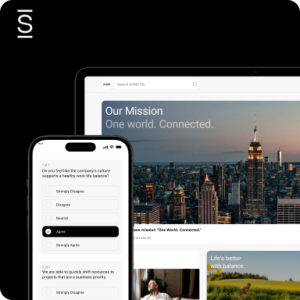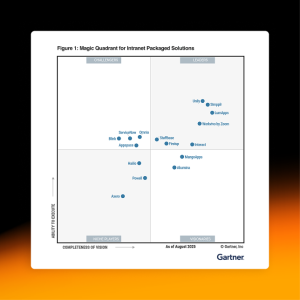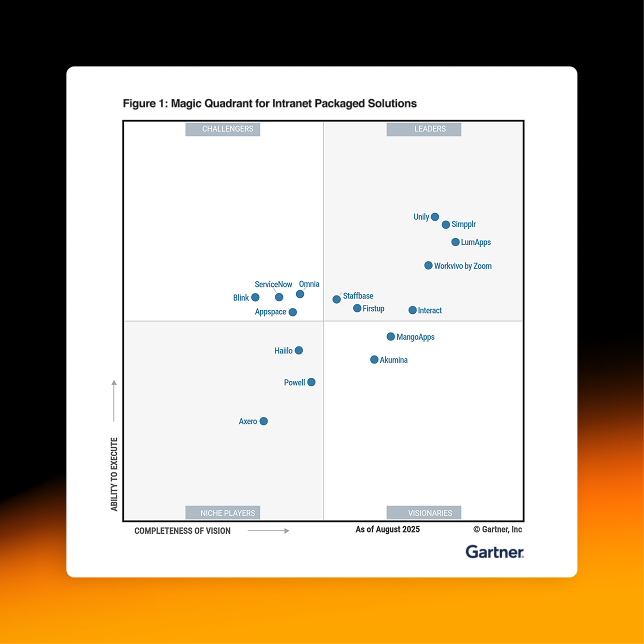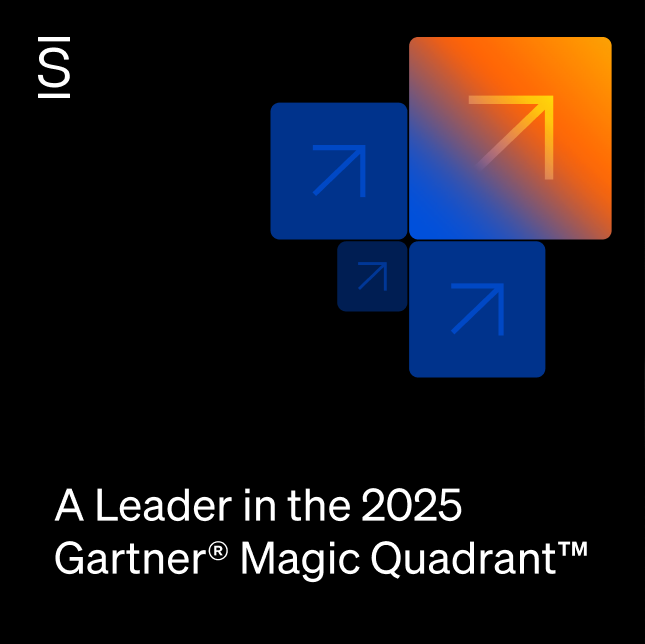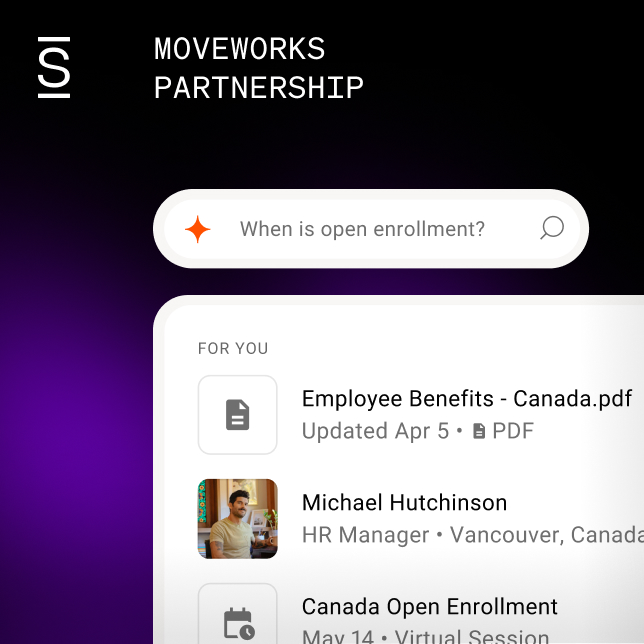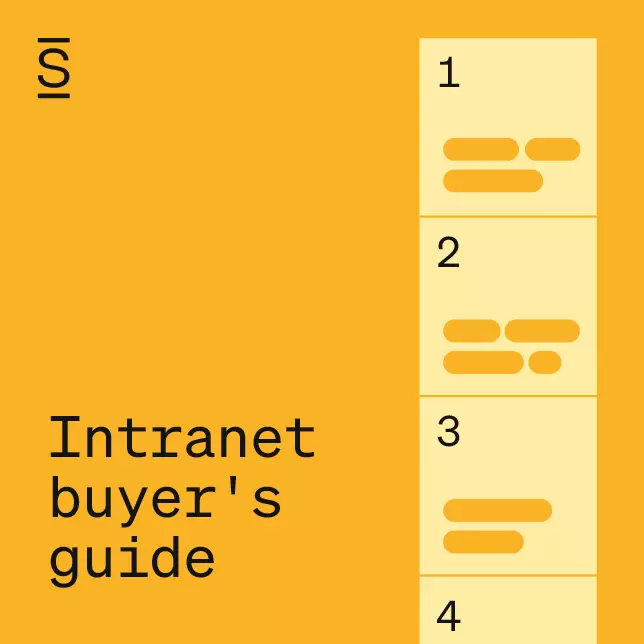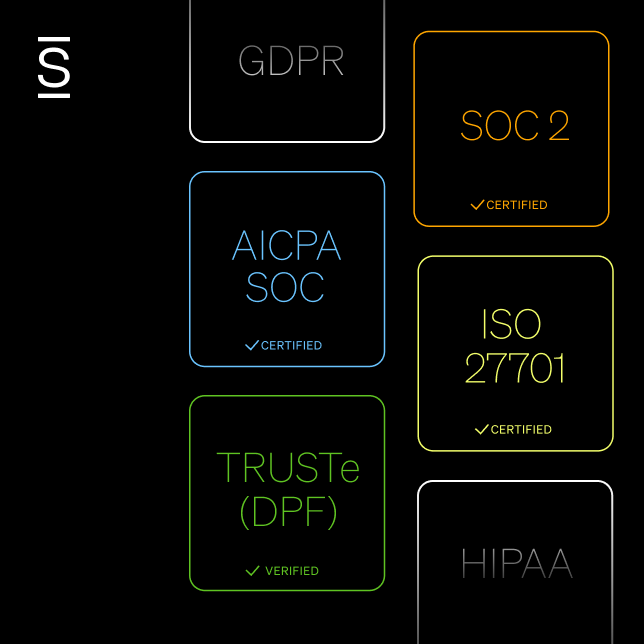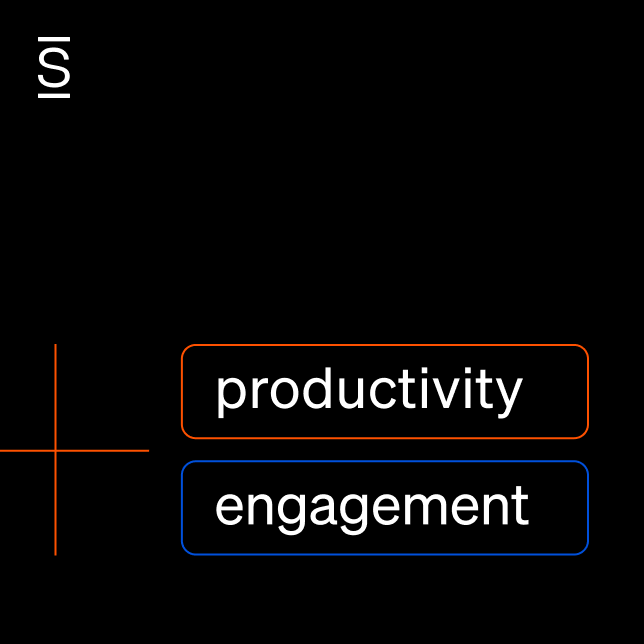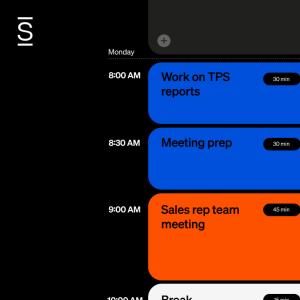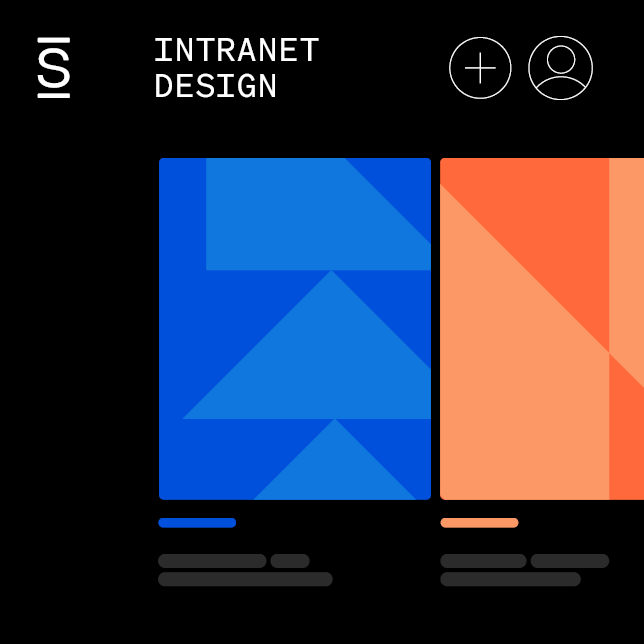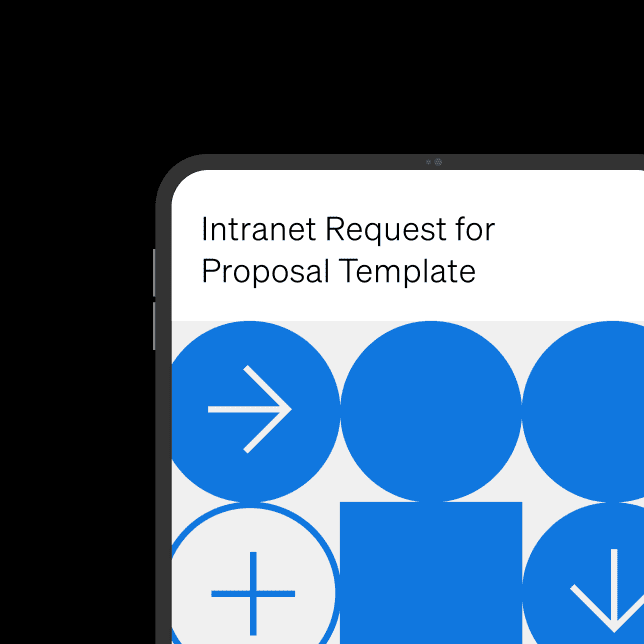A company recently approached us asking for help with their employee intranet request for proposal (RFP). We’ve historically shied away from publishing intranet RFP templates online for a reason.
You may or may not already know, but there’s a dirty secret in the enterprise software space: many vendors publish RFP templates online with the goal of stacking the deck in their favor. They publish the intranet RFP that aligns with their product offering.
We eventually responded to this prospect and decided to share themes that we’ve found. Admittedly, many of these will speak to Simpplr’s strengths and we encourage you to supplement this with additional research. However, our product development is research-backed, and we are committed to creating a modern employee intranet that people love and use, which ultimately creates a more connected and engaged workforce for your company.
Based on our research, these are the crucial capabilities to consider for your intranet RFP:
Analytics
According to Simpplr Research, intranet governance is the number one reason intranets fail. Traditionally intranets lacked meaningful analytics beyond basic usage metrics. Intranet analytics should not only show adoption data, but should also highlight which departments and locations are effectively using the intranet, what types of content is being consumed, and what’s missing. Understanding employee behavior through analytics is the first key to maintaining and monitoring effective intranet governance.
AI-Based Smart Search
Your employees are conditioned to start with search despite the effort you spend carefully structuring click-paths. Intranet search capabilities have come a long way over the past few years and it now has better natural language parsing, Boolean combinations of text and metadata search, auto-completion, auto-correction, and stemming based on a variety of factors (such as user behavior, relevance, recency, predictability, and popularity). If you’re not a search expert, find somebody who can make sense of all this data science speak for your intranet RFP.
User Experience
More than half of intranets today are built on a configurable content management platform (think SharePoint, Confluence, Salesforce Communities, and Google Sites). In addition to creating technical and/or IT dependencies, what’s gained in configuration is often lost in user experience. Purpose-built intranet software will consistently outperform usability reviews and recurring usage.
Integrations
Simpplr Research’s State of the Intranet 2019 highlights various technologies that people are looking to integrate with their intranet. This can help with your intranet RFP. At the top of our list are deep integrations with cloud-based content management systems (e.g., Box, Office 365, Google Docs, Dropbox) because this approach radically prevents your intranet from becoming a content dumping ground. If you update a document, the intranet is automatically up to date. If a document is added to a synced folder, the intranet’s search will automatically find the same document upon search.
Content Management and Auto-archiving
It’s unfortunate, but eventually, most intranets become content dumping grounds. Integration with cloud-based content management systems is a crucial step to prevent this common problem. Additionally, your intranet RFP should request the ability to auto-archive content once the content is outdated, provide analytics on content that isn’t being consumed, and version the documents that you decide to host in your intranet.
Point-and-click Administration
Intranets historically required technical gatekeepers to administer the system. Today, intranets can be easy to administer without any coding skills. By eliminating the technical bottleneck, intranet maintenance can be federated across the organization and shared among departments and across locations. Ultimately, this means your intranet technology will be able to flow at the speed of business. Without this capability, your technical administrative resources inevitably develop a backlog and are forced to make untimely tradeoffs.
Mobile AND Desktop Capabilities
Widespread mobile adoption has eluded the intranet industry despite being a fantastic means to drive engagement on users’ terms. From a technology point-of-view, there are many desktop-oriented intranets and mobile app-based communication apps. But only a few vendors do both well. Mobile-only internal communications apps are notorious for poor usage and adoption. You want both, especially when your workforce is predominately desk workers.
Personalization
Content needs to be relevant to your employees if you want them to continually return to the intranet. There is nothing worse than seeing a benefits deadline when that doesn’t apply to you. Today intranets can understand a user’s role, department, tenure, and location so content can be tailored and prescribed.
Security and Scalability
This topic is critical for any application that is accessible to all employees. Data privacy breaches are widespread, laws are more complicated, and (if you’re using your intranet correctly) your communications should be protected. Ask your IT counterparts to provide you a framework for your intranet RFP or visit Simpplr’s security page for more detailed requirements.
See what all of this looks like in an intranet
If you’re unclear how all of these intranet RFP requirements come to life, this short Simpplr product demo does a good job explaining the various capabilities within the Simpplr product and how everything pieces together.



